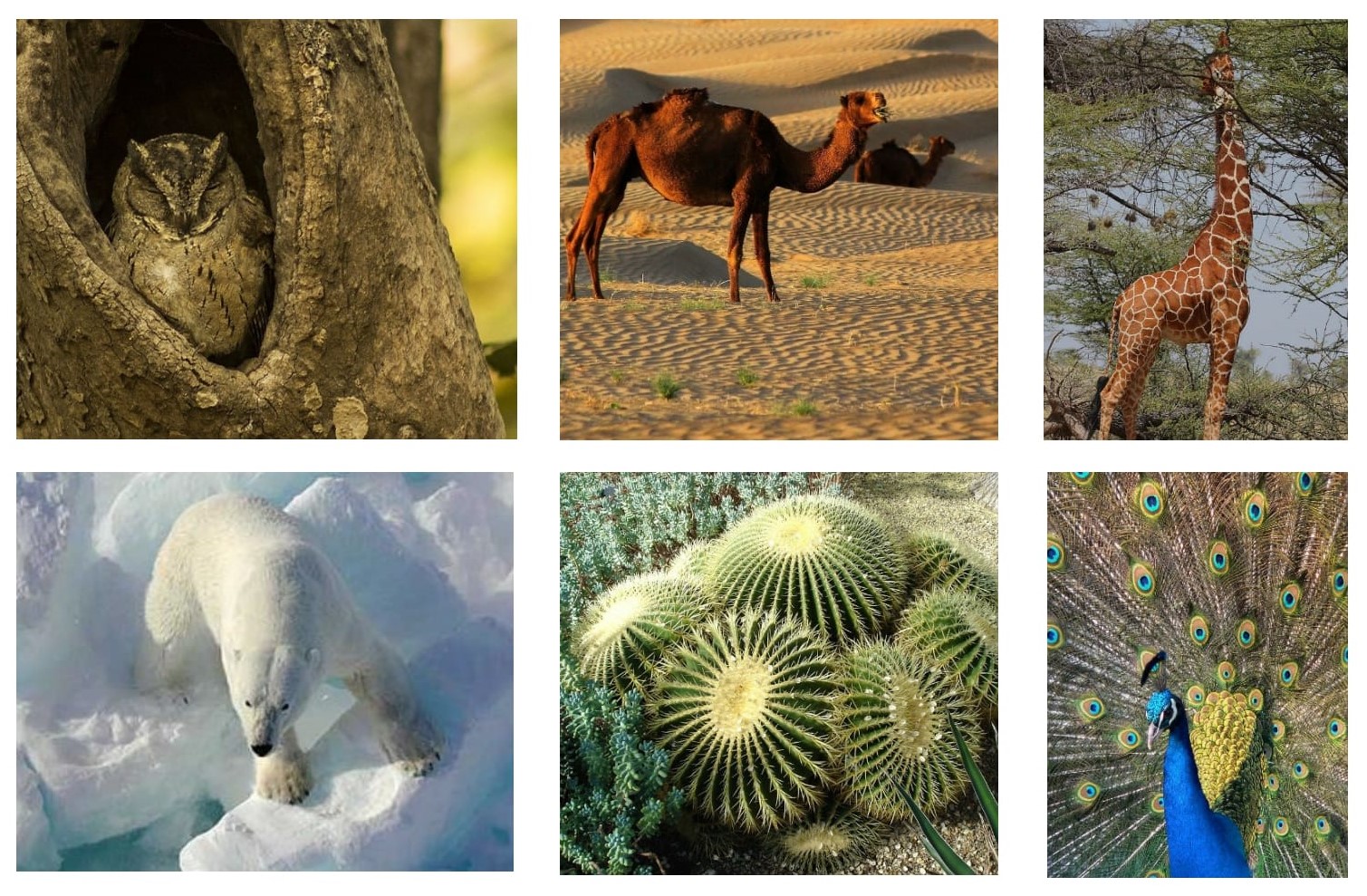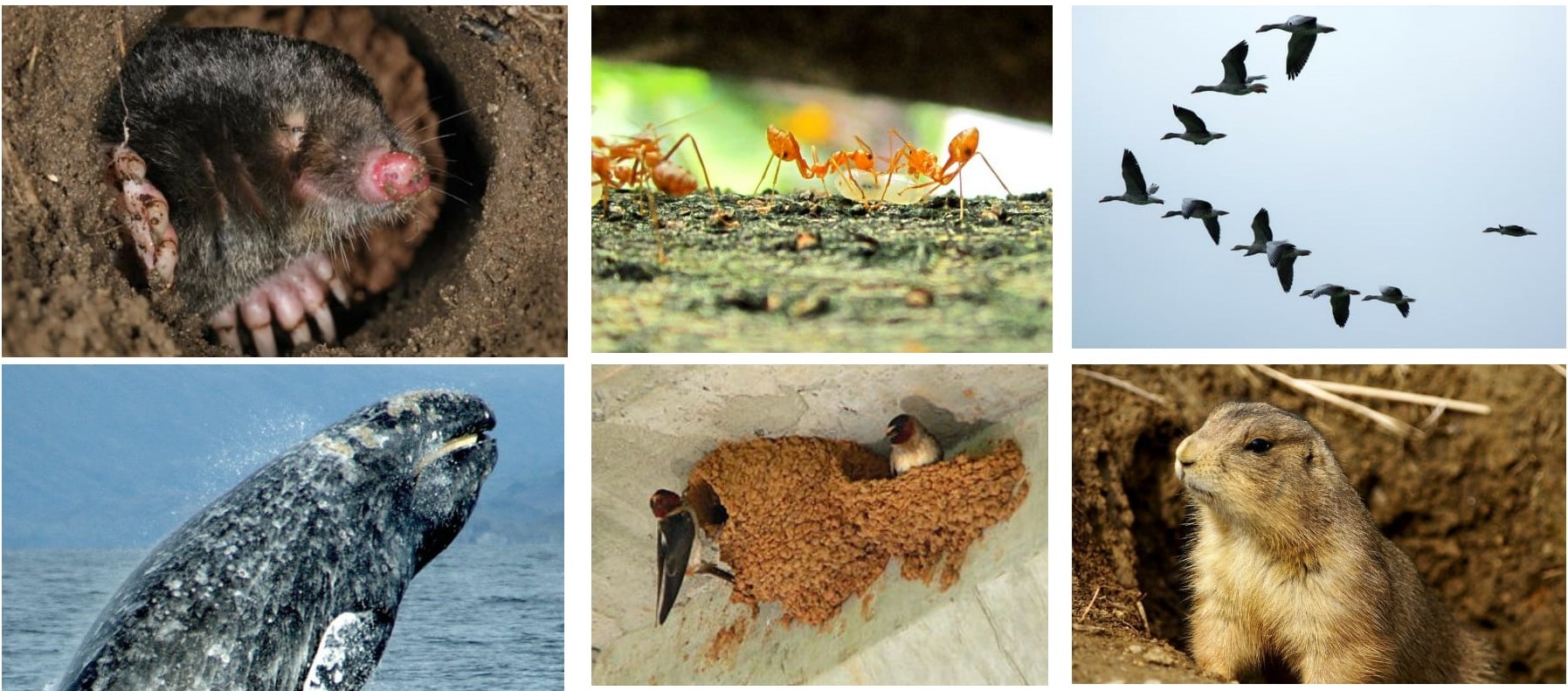Describe How Organisms Adapt to Their Environment
They have adapted to do this as its their primary defense against predators. Way an organism acts in order to survive or thrive in its environment.

Organisms Adaptations Texas Gateway
Living organisms are adapted to their environment.

. They can make their skin the color of and the texture of a rock that they see. An organisms environment includes everything impinging upon it as well as everything that is affected by that organism. Behaviour is one of the important aspects of.
Hard shells protect from pounding waves and also protect against drying out when the animal is above water. Structural physiological and behavioral. Evolution Myths Write a true statement to counteract this myth 1.
Animal adaptations may be physical or behavioral or a combination of the two. Access to clean drinking water food protective shelter and procreation. Not all organisms in the group change.
Organisms have the ability to adapt to specific conditions within their environments through the biological process of variation which enhance organisms chances of survival. Organisms can adapt to an environment in different ways. The external structures of animals can also help them to better adapt to their environment.
Variation is essentially a form of natural selection that takes place during long periods of time. One interesting way that animals adapt is by mimicry. Jaguars have adapted to the wet environment of the tropical rainforest.
Adaptations are unique characteristics that allow animals to survive in their environment. Evolution is a constant progression towards some perfect ideal. They dont blend in to their environments but become a part of their environment its really quite impressive to watch.
Conformity between an organism and its environment constitutes what biologists call adaptation. This results in the enhancement of ability and chance of survival. Fitness means strongest fastest or biggest.
Jaguars are also powerful giving them the strength to move slowly and silently through the forest when. Structural adaptations are how the animals body functions or looks on the outside. An adaptation is passed from generation to generation.
They can adapt biologically meaning they alter body functions. Some animals that are not very harmful by nature can mimic or act like animals that are. A great abundance of life is found in the intertidal zone.
Animals also adapt to their environments. First in a physiological sense an animal or plant can adapt by adjusting to its immediate environmentfor instance by changing its temperature or metabolism with an increase in altitude. This is called coadaptation.
Through the process of evolution organisms retain the strongest traits and features that. High energy waves pound the organisms that live in this zone and so they must be adapted to pounding waves and exposure to air during low tides. Physical adaptations to environment are noticeable in.
Some mutated individuals within a population will survive but most of the populations dies. An adaptation is an evolutionary response that a species of plant or animal collectively makes over time to address a challenge to its survival. The kangaroo rat in North American deserts is capable of meeting all its water requirement by internal oxidation of fat water is a byproduct in absence of water.
Challenges to an animals survival affect one or more of an animals four basic needs. Can organisms adapt to their environment within one generation. This is one way that you adapt to the environment.
An example of biological adaptation can be seen in the bodies of people living at high altitudes such as Tibet. All organisms possess the ability to adapt to the environment through a process of biological variation. Adaptations help animals survive weather conditions predators and other situations that might otherwise cause them harm.
Adaptations in Kangaroo Rat. Answer 1 of 12. The jaguars fur keeps it camouflaged in the tropical rainforest.
Describe how organisms adapt to their environment. Second and more commonly the word adaptation refers either to the process of becoming adapted or to the features of organisms that promote reproductive success. There are three types of adaptations.
It adapted to fill the role played by big cats such as tigers on other continents. They developed to fill empty roles in their environment. Explain how the availability of resources influences populations.
It can concentrate its urine so that minimal volume of water is used to expel excretory products. Adaptation of organisms to the Environment. When the temperature is below 0 ºC or is above 40 ºC and there is a relatively low humidity certain animals can lower their basal metabolic rate for serious amounts of time.
Organisms develop new traits in order to help them in their environment. Adaptations in Desert Plants. It is called adaptation which is a catch-all term to describe how populations of organisms change.
Assignment Chapter 3 To be submitted via D2L Assignments Dropbox Learning Objectives. Not only can they mimic colors but also textures. They are excellent swimmers and unlike other cats they seek out water for bathing and swimming.
Physical change in an organism that results over. Certain flowers have adapted their nectar to appeal to hummingbirds. Animals inherit many kinds of adaptive behavior.
Explain the importance of keystone species to their ecosystem. These different marsupials are an example of speciation. Tibetans thrive at altitudes where oxygen levels are up to 40 percent lower than at sea level.
Adaptation may differ among different species but they have the same objective ie. This means that the way they look the way they behave how they are built or their way of life makes them suited to survive and reproduce in their habitats. Coadaptation Organisms sometimes adapt with other organisms.
Some of the most obvious examples to us might be an aquatic animal. Behavior is also an important adaptation.

Organisms Adaptations Texas Gateway

Habitat Project Habitats Projects Homeschool Science Habitat Activities
Comments
Post a Comment